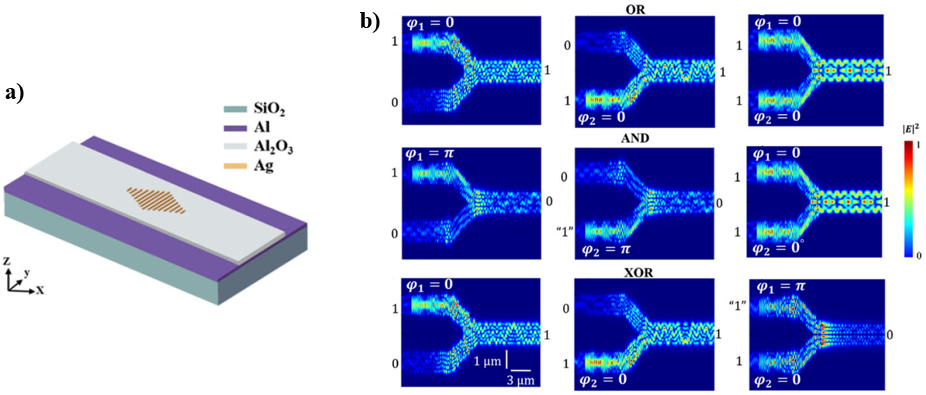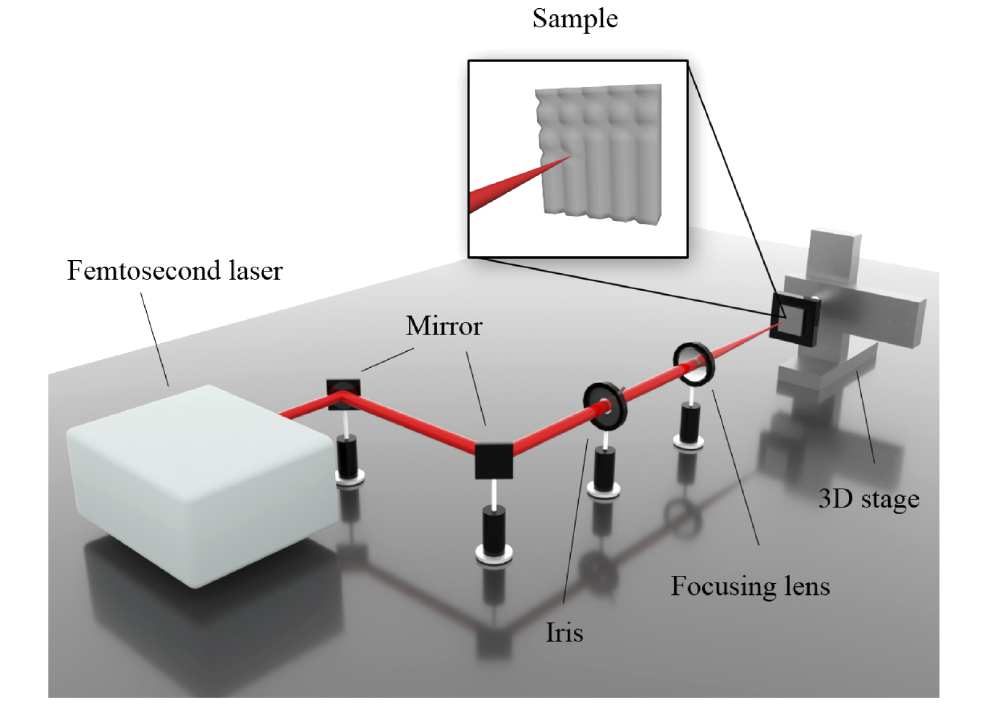
The core parts for optical data processing are all-optical logic gates, which are projected to play a critical role in future ultrafast high-capacity communications networks. However, while these logic functions are handled by highly limited and high-cost single-function logic operations, the necessity for high capacity and low-cost signal processing became imperative.

The recombination loss of perovskite polycrystalline film in grains and grains boundary has not been optimized, which makes it face the bottleneck. Monocrystal perovskite solar cells based on non-grain-boundary films have recently become candidate materials to further push perovskite solar cells to their theoretical limits. However, due to the imbalance between absorption length and carrier diffusion length, the fabrication of monocrystal for high-efficiency perovskite solar cells has been unsatisfactory. The thickness of monocrystal is usually too large, resulting in poor efficiency of charge carrier collection.

In the future, all-optical signal processing is likely to play a bigger role in ultrahigh-capacity communications networks. All-optical logic technology development is critical for a variety of applications in all-optical networks, including high-speed all-optical packet routing and optical encryption. A demonstration of optical logic elements and circuits that can work at high speeds is an essential step in the development of this technology. These logic elements include the traditional Boolean logic functions such as NOT, AND, OR, XOR, NAND, NOR, and XNOR, and circuits such as parity checker, all-optical adder, and shift register

Hydrophobicity is defined when the contact angle of a water droplet on the surface is great than 90°; and superhydrophobicity is defined when the contact angle is greater than 150° with a sliding angle smaller than 10°. The superhydrophobic property of lotus leaf is due to nano/microstructures on its surface and the low surface energy. These two factors can also be applied to other materials to make superhydrophobic surfaces for dealing with corrosion problems.

Anomaly detection in hyperspectral image is affected by redundant bands and the limited utilization capacity of spectral-spatial information. In this article, we propose a novel Improved Isolation Forest (IIF) algorithm based on the assumption that anomaly pixels are more susceptible to isolation than the background pixels. The proposed IIF is a modified version of the Isolation

Recently, LI Dabing’s group from Changchun Institute of Optics, Fine Mechanics and Physics, Chinese Academy of Sciences (CAS) cooperating with DENG Huixiong from Institute of Semiconductors, CAS, have reported a method to realize high efficiency p-type in ultra-wide-gap III-nitrides by non-equilibrium quantum doping scheme. They found that the introduction of GaN quantum dots into the high Al content AlGaN materials can locally raise the band maximum (VBM) of the material, resulting in a great reduction of the activation energy for the Mg acceptor. Thus the AlGaN samples with low resistance and high hole concentration are obtained and are used to preparing high-performance deep UV LED.
